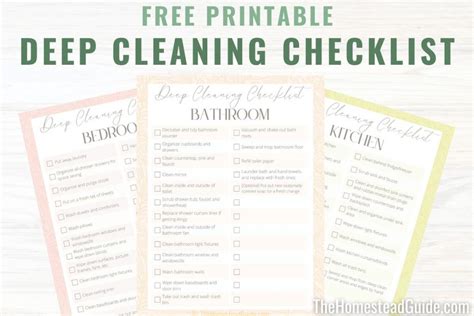Ditch the Dentist Bills: Your Guide to At-Home Deep Cleaning
Dental hygiene is crucial for maintaining overall health. While regular dentist visits are vital for professional cleanings and checkups, you can significantly improve your oral health and potentially reduce the frequency (and cost!) of these visits by implementing a robust at-home deep cleaning routine. This guide provides a comprehensive approach to achieving a cleaner, healthier smile without breaking the bank.
Disclaimer: This article provides general information and should not be considered a substitute for professional dental advice. Always consult with your dentist before making significant changes to your oral hygiene routine, especially if you have pre-existing dental conditions.
What is At-Home Deep Cleaning?
At-home deep cleaning goes beyond your typical brushing and flossing. It involves a more thorough approach to removing plaque and tartar buildup, improving gum health, and preventing cavities. This can include techniques like using specialized tools, employing effective cleaning agents, and adopting specific brushing and flossing methods. It's about proactive preventative care.
How Often Should You Deep Clean Your Teeth at Home?
While daily brushing and flossing are essential, you should incorporate a more thorough deep cleaning at home at least once or twice a week. This allows you to address areas that might be missed during regular brushing and prevents plaque from hardening into tartar, which requires professional removal.
Essential Tools for At-Home Deep Cleaning
Investing in the right tools is key to effective at-home deep cleaning. These include:
- High-Quality Toothbrush: Opt for a soft-bristled toothbrush that fits comfortably in your mouth. Consider an electric toothbrush with a built-in timer to ensure you brush for the recommended two minutes.
- Dental Floss: Use floss daily to remove plaque and food particles from between your teeth. Consider using floss picks for easier access to hard-to-reach areas.
- Interdental Brushes: These small brushes are designed to clean between teeth and under bridges or braces, where floss might not reach effectively. Choose the correct size for your teeth gaps.
- Tongue Scraper: Bacteria accumulate on your tongue, contributing to bad breath. A tongue scraper helps remove this bacteria for fresher breath and improved oral hygiene.
- Antibacterial Mouthwash: Use a fluoride mouthwash to kill bacteria and strengthen enamel. Follow the instructions on the label carefully.
Techniques for Effective At-Home Deep Cleaning
1. Proper Brushing Technique: Brush gently in small circular motions, covering all surfaces of each tooth. Don't forget to brush your tongue.
2. Flossing Mastery: Gently guide the floss between your teeth, curving it around each tooth in a "C" shape. Avoid snapping the floss against your gums.
3. Interdental Brush Usage: Gently insert the interdental brush between your teeth and move it back and forth. Don't force it.
4. Tongue Scraping: Gently scrape your tongue from back to front, rinsing the scraper after each pass.
5. Oil Pulling (Optional): Some people find oil pulling (swishing oil in your mouth for several minutes) beneficial for removing bacteria. However, there's limited scientific evidence to support its effectiveness.
What are the benefits of at-home deep cleaning?
At-home deep cleaning offers numerous benefits, including:
- Prevention of Cavities: Regular cleaning removes plaque and food particles that contribute to cavity formation.
- Improved Gum Health: Removing plaque reduces gum inflammation and bleeding.
- Fresher Breath: Effective cleaning removes bacteria responsible for bad breath.
- Whiter Teeth: Removing surface stains can contribute to whiter teeth.
- Reduced Dentist Bills: By preventing more serious dental problems, you can reduce the need for costly professional treatments.
What are some common mistakes to avoid when deep cleaning at home?
- Brushing Too Hard: Aggressive brushing can damage enamel and gums.
- Using the Wrong Tools: Incorrectly sized interdental brushes or abrasive toothpastes can harm your teeth and gums.
- Neglecting Regular Checkups: At-home deep cleaning is a supplement to, not a replacement for, professional dental care.
How can I make my at-home deep cleaning routine more enjoyable?
- Put on your favorite music or podcast.
- Make it a part of your self-care routine.
- Treat yourself to a new toothbrush or mouthwash.
- Involve your family to make it a fun activity.
By following these guidelines and maintaining a consistent routine, you can significantly improve your oral health and minimize the need for expensive dental procedures. Remember to always consult with your dentist for personalized advice and regular checkups.

